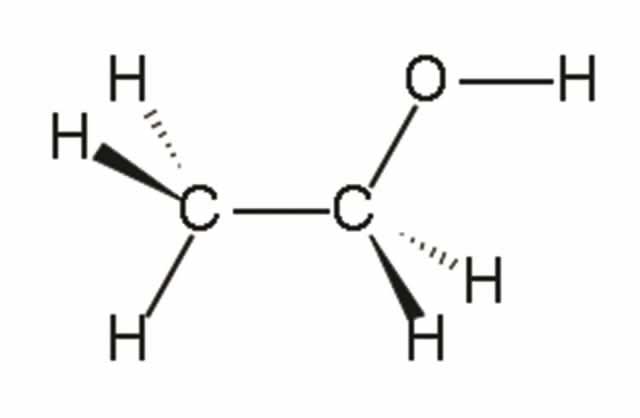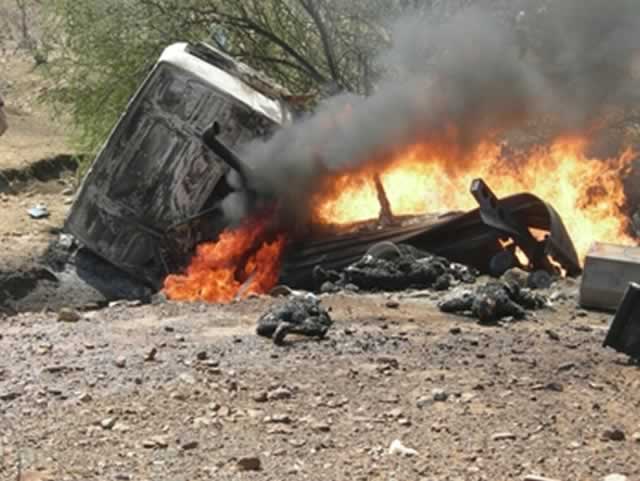Facts about ethanol fires . . .

THE nation’s drive towards alternative fuels carries a danger many communities, the world over, have been slow to recognise: Ethanol fires are harder to put out than petrol fires and require a special type of firefighting foam.
Many fire departments in the world do not have the foam, do not have enough of the foam, or are not well-trained in how to apply it.
The foam is also more expensive than conventional foam.
Experts say if a tanker happened to be hauling ethanol on a rural bypass and catches fire, firefighters should let the fire burn out as that cuts down on environmental pollution.
For every 90 gallons of ethanol burning, it takes six gallons of the special foam to subdue the fire.
Five gallons of the foam cost US$115, and the foam has a shelf life of 10 years, after which it should be disposed of.
Ethanol fires are more ferocious because ethanol has more alcohol than other fuels.
The foams that have been used since the 1960s form a blanket on top of the burning petrol and put out the fire by cutting off oxygen supply.
This, however, is ineffective against ethanol with its high alcohol, often distilled from corn or sugarcane, as it eats through the traditional foam drawing in oxygen which makes it continue to burn.
Because of this, firefighters often decide to allow the fuel to burn out.
In most cases they will be dealing with spills instead of fuel fires. And when such spills occur at the level of a tanker, disaster is inevitable
Wrecks involving ordinary cars and trucks are not the major concern.
They carry modest amounts of fuel, and it is typically a low-concentration, a blend of 10 percent ethanol and gasoline. A large amount of conventional foam can usually extinguish those fires. The picture dramatically changes where thousands of litres are involved.
However, fires requiring a special alcohol-resistant foam that relies on material to smother the flames cost around US$90 to US$115 for a five-gallon container. — The Sun Journal-HR.











Comments